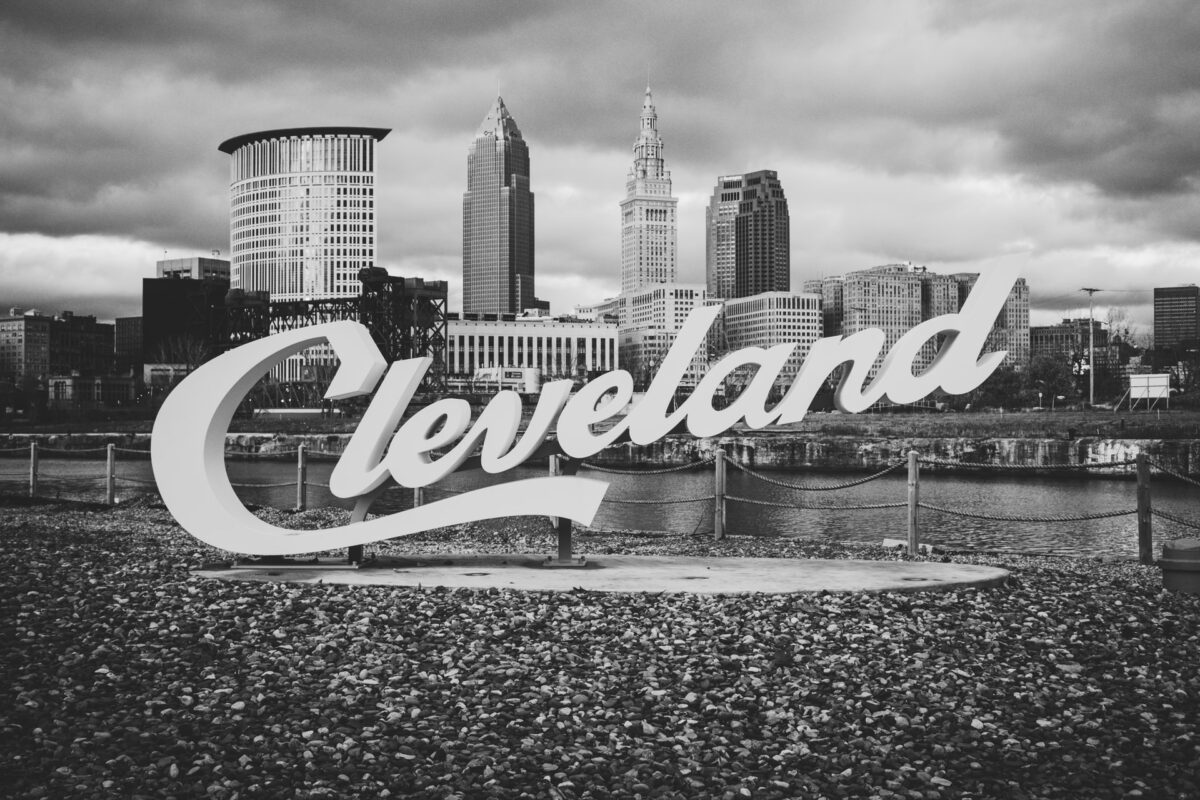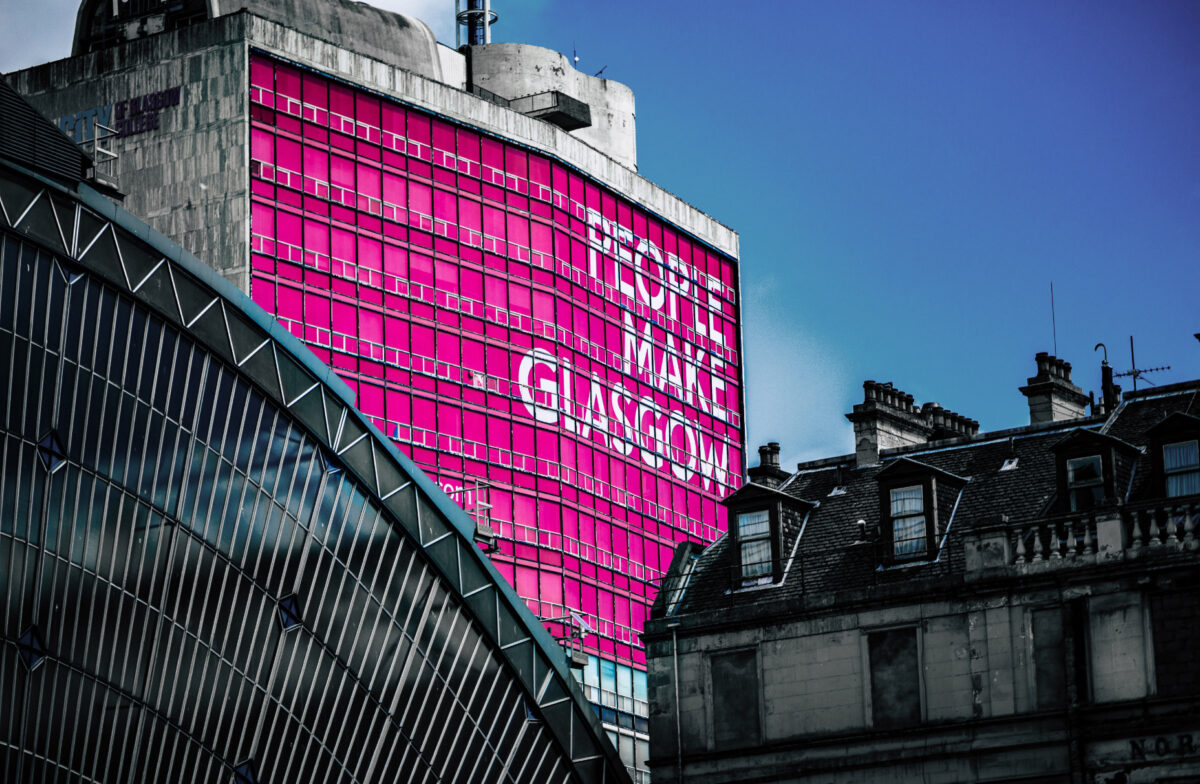According the World Travel and Tourism Council (wttc.org), travel and tourism is “one of the world’s largest industries, employing approximately 231 million people and generating over 10.4 per cent of world GDP.” When one considers that businesses, residents and event and meeting planners also choose one place over another, it is no wonder that cities, regions and countries are branding themselves in earnest.
This phenomenon has been labeled “place branding,” “geo-branding” and “destination marketing” among other labels. In some respects, branding places is no different than branding anything else. Finding the most powerful and unique image for the place (“unique value proposition” or “brand position”) is the most important activity. After that, building awareness is next most important. Both of these activities assume that the requisite research has been done with the most advantageous and receptive target audiences.
Beyond the basics, branding places becomes a more interesting and complex activity than branding a typical product or organization. The target audiences are myriad and disparate, including at least the following:
• Residents and potential residents
• Businesses and potential businesses
• Tourists/visitors
• Meeting and an event planners (including convention planners and major sporting event organizers)
Each of these audiences has its own distinct issues and needs.
And, there are typically separate place-based organizations established to market to each of these market’s needs – visitors & convention bureaus, economic development councils, business improvement districts, etc. Add mayor’s offices and district, county, provincial, state, regional and national entities, business leaders, cultural institution leaders, etc. and the stakeholder groups mushroom into a large mix of potentially competing points of view. This is why carefully orchestrating a branding project and facilitating consensus across all stakeholder groups is critical to a successful place branding effort. That is also why a place branding effort often takes much longer than a comparable product or organization branding effort.
Here is what tends to be important to each major audience:
• Residents
o Good job opportunities
o Low crime
o Good medical care
o Affordable housing
o Scenic beauty
o Attractive neighborhoods
o Friendly people
o Good school systems
o Clean highways and public spaces
o Many places to go and things to do on the weekends
o Abundant cultural amenities
o Low cost of living
o Good restaurants
o Reasonable commutes
• Businesses
o Prevailing wages
o Labor force quality
o Housing and quality of life
o Labor market rigidities
o Proximity to suppliers or final market
o Energy and resource costs
o Real estate costs
o Political stability
o Innovation capacity
o Agglomeration benefits
o Tax costs
o Public services
• Tourists
o Reasonable travel distance and cost
o A variety of interesting things to do and see
o Affordable lodging with required amenities
o Public toilets
o Easy navigation/way finding
o Aesthetically pleasing environment
o Friendly people
o Good restaurants
o Shopping
o Unique local sights and activities
• Meeting and event planners
o Air transportation (access, costs, distance to site)
o Hotel rooms and ground transportation access
o Space requirements (meeting rooms, banquet halls, exhibit space, etc.)
o Contiguous venues
o Close proximity to quality restaurants, retail and entertainment
o Safety of the area
o Tours and other activities
Clearly, this is a diverse and complicated set of needs and issues. Having said that, a place ultimately becomes best known for one or two things. It is the job of branding to insure that those one or two things are unique to the place and highly compelling. In my next post on this topic I will share some of the general classes of things that can define a place.
The Blake Project Can Help: The Brand Storytelling Workshop
Branding Strategy Insider is a service of The Blake Project: A strategic brand consultancy specializing in Brand Research, Brand Strategy, Brand Licensing and Brand Education





2 comments
Edward Burghard
January 21, 2008 at 9:52 am
I’d like to contribute to your thinking on this subject, and offer the following url as one piece of reference as you formulate your thinking.
The Roundtable discussion has some helpful perspective on the topic of place branding.
Marta Vallejo Arenaz
August 11, 2014 at 12:26 pm
Place Branding must focus on the main values of a city, region or country. It must show its unique appeals and concentrate in its strenghts.
Comments are closed.